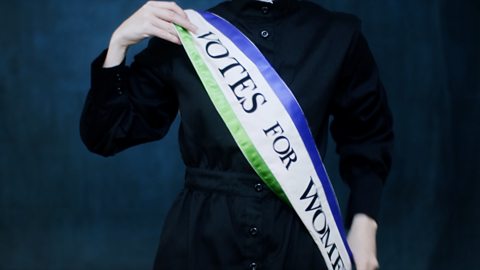WomenŌĆÖs suffrage in Ireland
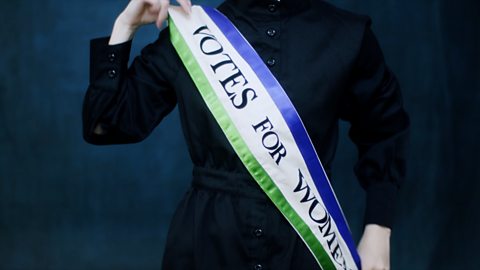
As the North of Ireland was known for its radical politics, it is no surprise that the womenŌĆÖs suffrage movement was present throughout the 19th and early 20th century. Mary Anne McCracken had frequently argued for improvements in womenŌĆÖs lives. In the second half of the 19th century they employed the tactics of the suffragists, those who were involved in the first wave of the movement and who believed in using peaceful and non-violent methods to campaign for womenŌĆÖs right to vote. In 1866, 25 Irish women signed the petition asking for votes for women which was presented to parliament in London by John Stuart Mill.
One year later, Isabella Tod, a campaigning female journalist from Belfast, founded the LadiesŌĆÖ Institute to promote womenŌĆÖs education in 1867, going on to establish the North of Ireland Society for WomenŌĆÖs Suffrage in Belfast in 1871. She was a tireless ambassador for the suffrage movement in Ireland, travelling throughout the country to address meetings on voting issues.
In 1909, the North of Ireland WomenŌĆÖs Suffrage Society changed its name to the Irish WomenŌĆÖs Suffrage Society (IWSS). It was mostly based in Belfast but had many branches across Ulster.

Society treated the suffragettes like criminals and put them in jail. However, many went on hunger strike in protest. Eventually the government had to change their attitude.
Suffragists in Ireland
In the second half of the 19th century and the start of the 20th century, many of the women suffragists in Ulster were also socialists - who demanded radical changes to society and economic equality. Naturally, many of them also had strong nationalist or unionist views. In spite of these differences they managed to work together to campaign for womenŌĆÖs rights. However in the 20th century they found it more difficult to hold together as the issue of ŌĆś│╔╚╦┐ņ╩ų RuleŌĆÖ in Ireland became the focus of political life, exposing their divisions. It did not help that the main leaders of unionism and nationalism at the time, Edward Carson and John Redmond, were both opposed to womenŌĆÖs suffrage.
Another organisation, The Irish WomenŌĆÖs Suffrage Federation (IWSF), founded by Hannah Sheehy Skeffiington, deliberately tried to maintain an anti-sectarian culture within the womenŌĆÖs movement. The IWSF did not consider themselves a nationalist or unionist organisation - they tried to stay neutral on issues such as the │╔╚╦┐ņ╩ų Rule debate. In order to appear peaceful and inclusive, the organisation refused to take part in militant action, siding with the non-violent strategy of the suffragists. One of the members of the northern branch of IWSF spoke in Hyde Park in London in 1913 to a massive crowd and talked about the broad coalition that existed among the Irish suffrage societies:
ŌĆ£Of all shades of political opinion, we have nationalists and unionists, orange and green, extremist and moderate. These women agreeing in nothing else agree on this one pointŌĆ” no one else has ever done this; the IWSF is the only political organisation which has ever held the north and south togetherŌĆ”ŌĆØ
However, this unity would prove difficult to maintain.
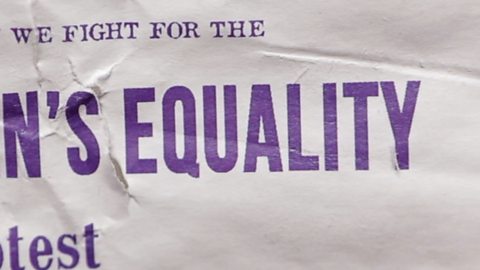
The suffragettes in Ulster
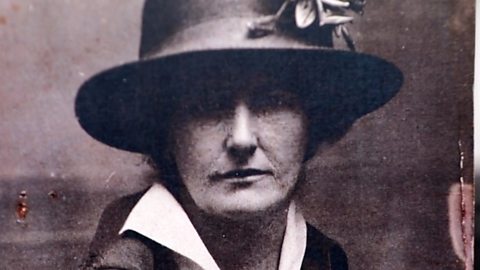
Many women in Ireland disagreed with suffragist strategy and instead adopted the militant tactics of the suffragettes whose motto became ŌĆśDeeds not WordsŌĆÖ.
The first militant act in Ulster was recorded in 1912 when the IWSS smashed windows of the General Post Office in Belfast. The violent protests continued throughout the next year as the suffragettes set fire to post boxes and cut wires in telephone boxes. Many Ulster suffragettes targeted places of male entertainment or power. For instance, suffragettes set fire to a church in Lisburn and poured acid over the greens at Fortwilliam and Knock golf clubs.

Constance Markievicz: Representation of the People Act
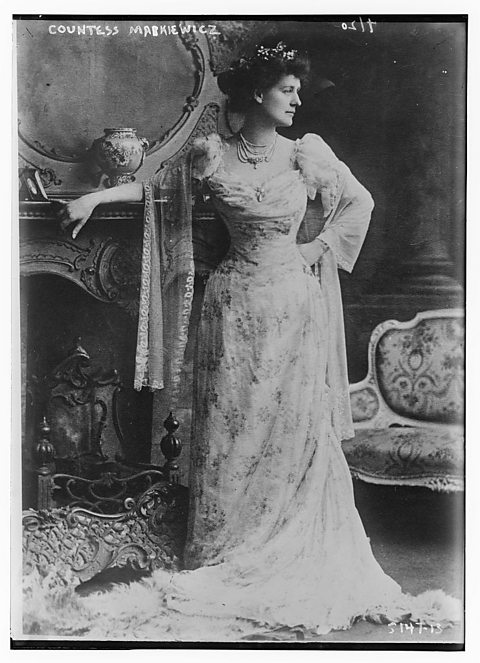 Image source, Lafayette Photography
Image source, Lafayette PhotographyCountess Constance Markievicz, known as the ŌĆśRebel CountessŌĆÖ, had a lifelong commitment to womenŌĆÖs suffrage and greatly disapproved of the way Irish society viewed women. In 1895, along with her sisters, she decided to start a Sligo branch of the Irish WomenŌĆÖs Suffrage and Local Government Association.
In 1918, the Representation of the People Act gave the vote to all men aged over 21 and women aged over 30 who owned property. Obviously, the property qualification and age requirement excluded the majority of women from the right to vote across Britain and Ireland. In the same year, as a result of the Parliament Act, women were allowed to stand for election as MPs. Constance Markievicz became the first woman elected to the House of Commons, winning in the constituency of Dublin St PatrickŌĆÖs. The year was monumental for womenŌĆÖs rights, but the universal right to suffrage wasnŌĆÖt yet achieved.
Markievicz would later become a key member of the militant nationalist struggle against British rule in Ireland, joining the radical group Inghinidhe na h├ēireann - meaning ŌĆśDaughters of IrelandŌĆÖ. When she died in 1927, 300,000 people lined the funeral route in Dublin.
 Image source, Lafayette Photography
Image source, Lafayette PhotographyImprisonment
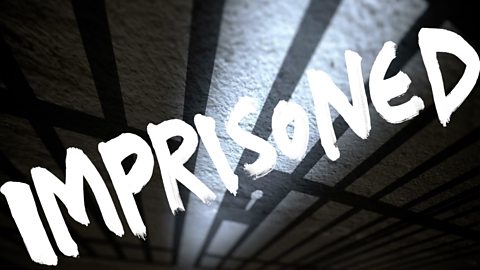
Many suffragettes who took direct action were arrested for breaking various laws - mostly ones that protected private property - and went to prison. From the start of the 20th century to the beginning of World War One, almost 1,000 suffragettes were imprisoned. Emmeline Pankhurst went to jail three times.
The imprisoned women were angry that they were being treated as criminals for demanding their rights. They wanted to be recognised as ŌĆśpolitical prisonersŌĆÖ, something which the authorities refused to consider. In response, in 1909, imprisoned suffragettes began to refuse food, a strategy known as a ŌĆśhunger strikeŌĆÖ. Marion Wallace Dunlop of the WSPU became the first imprisoned suffragette to go on hunger strike, refusing all food. Many others would follow.

Hunger Strikes
The government didnŌĆÖt want any imprisoned protestor to starve to death whilst in their prisons. Many of the prisoners were from upper class families and the government was keen to avoid bad publicity. Rather than considering the suffragetteŌĆÖs demands and acting on them, the government instead, started to use force feeding methods on the hunger strikers.
Prison officers poured liquid food straight down their throat and into their stomach through a tube which they inserted either down the hunger strikerŌĆÖs throat or nose. As you would expect, forced feeding caused many injuries and traumas to the struggling suffragettes - bleeding, broken teeth, vomiting, and choking as food was poured into the lungs. It was a tortuous process. One woman, Marion Roe was forced fed over 200 times.
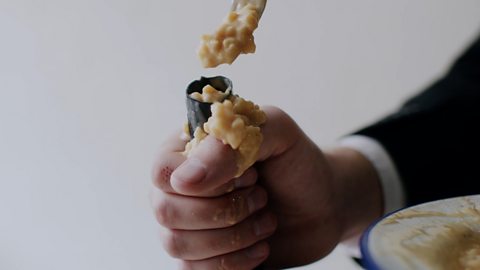
Cat and Mouse Act 1913
Most of the public saw the forced feeding as an inhumane act and sympathy for the suffrage movement grew as a result. In response to this outcry of support for the strikers, the government released a new law called the Prisoners (Temporary Discharge for Ill-Health) Act to prevent hunger strikers dying whilst in prison. The act stated that strikers would be released until they regained their strength, after which they would be imprisoned again to carry out the rest of their prison sentence.
This created a traumatic cycle for striking suffragettes. They were released to recover from the illness caused by striking injuries, after which they were rearrested and taken back to prison where they restarted their hunger strikes again. As a result, the act soon became known as the Cat and Mouse Act. However many released suffragettes hid from the police when recovering so that they could not be rearrested.

Test yourself
More on Suffragettes
Find out more by working through a topic
- count2 of 3
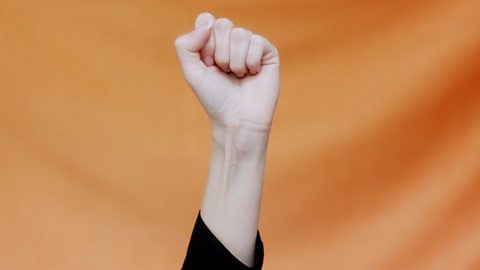
- count3 of 3
